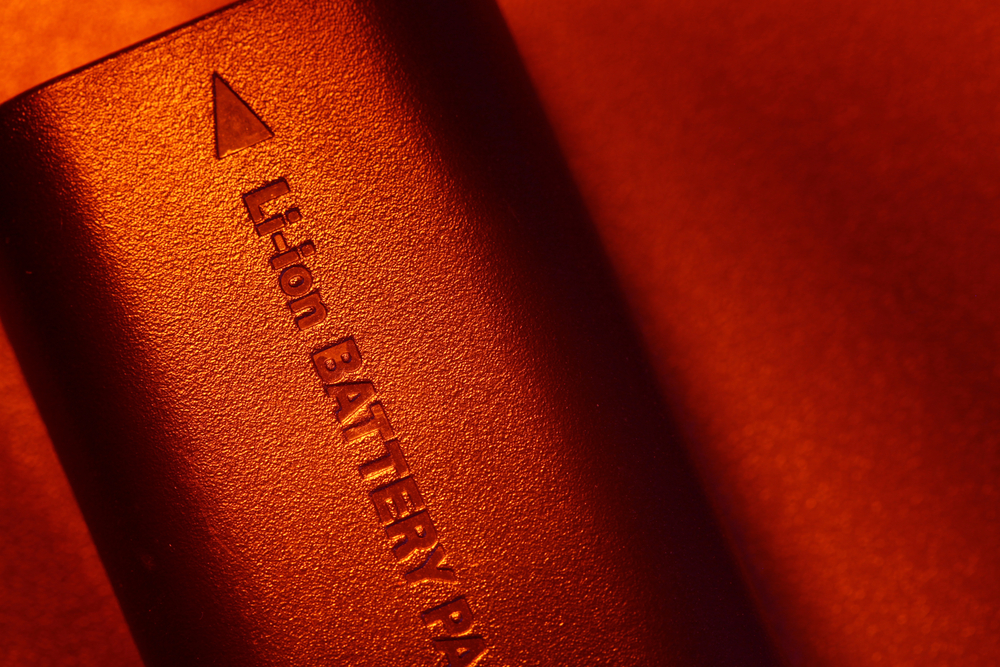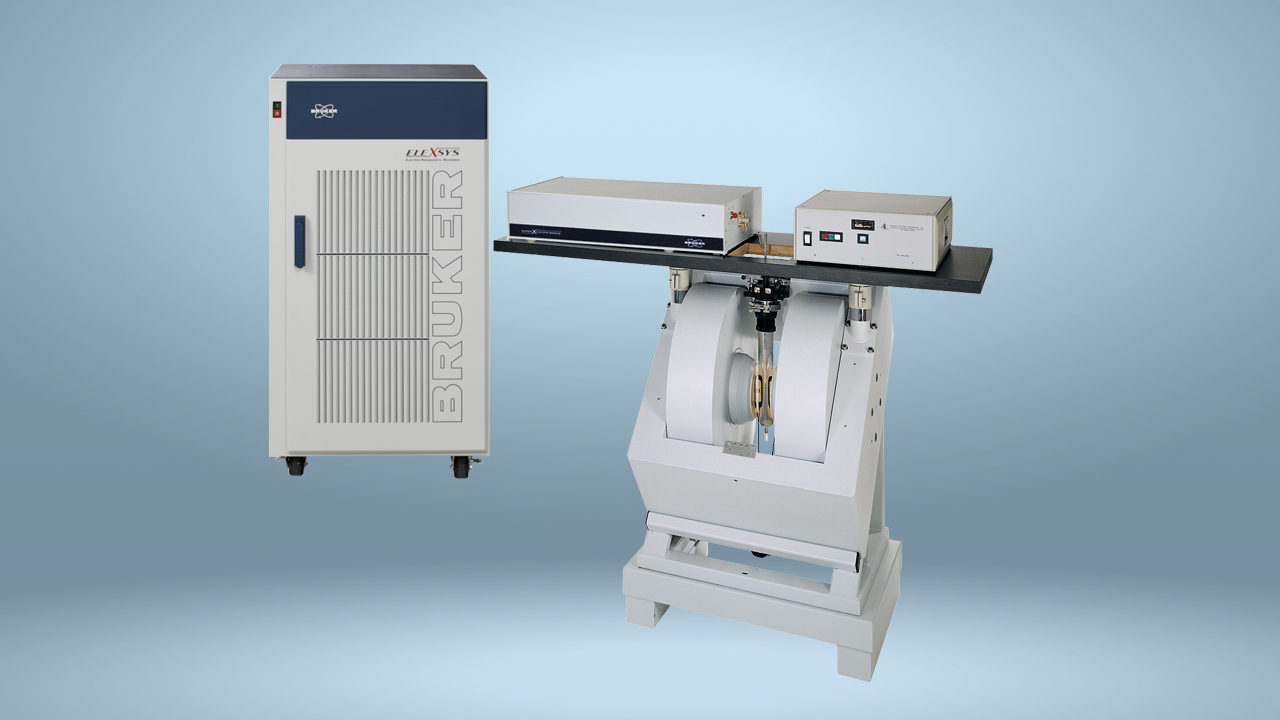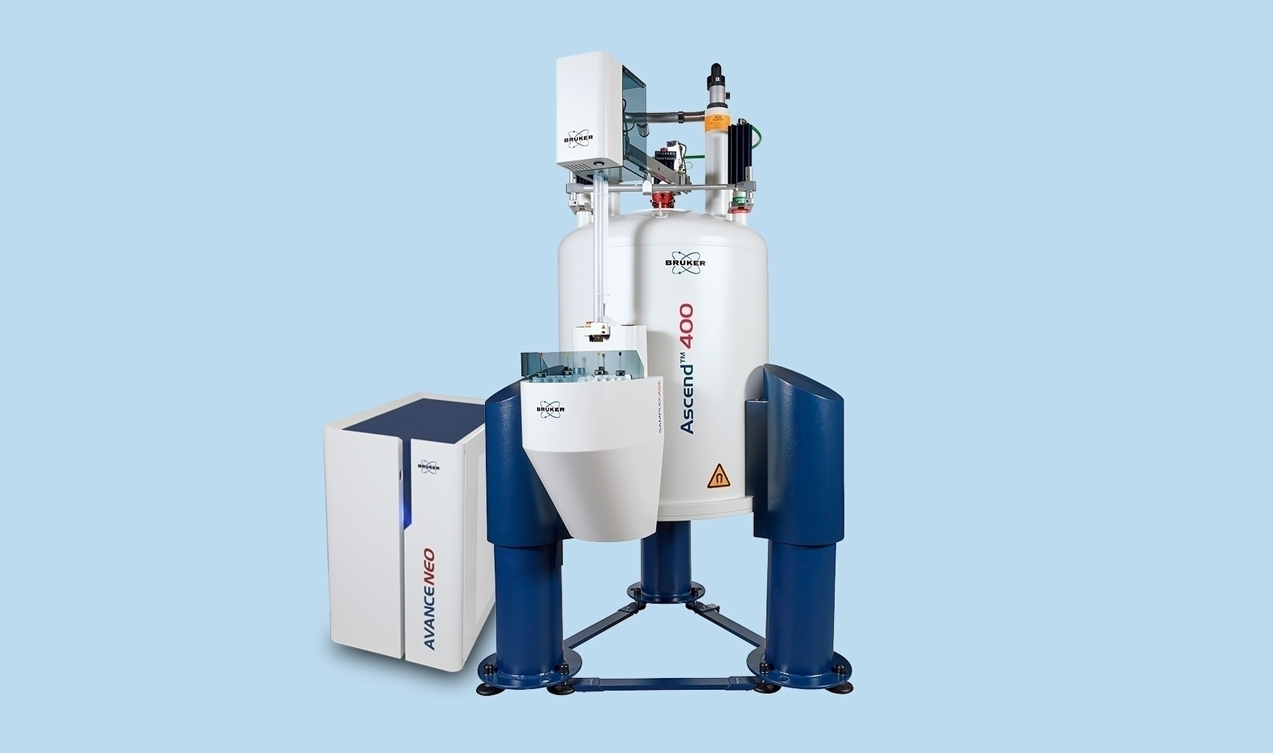

Developing the Next Generation of Lithium Ion Battery
With their high energy density, light weight and deep charge cycles, Lithium ion batteries are a mainstay of modern portable electronic devices. Because of the new demands of powering electric cars and using large-scale batteries for load levelling in local power networks the improvement of battery storage is a research growth area where advances in performance are constantly sought.
Now for the first time electron paramagnetic resonance (EPR) spectroscopy can be used to image the redox processes occurring on the actual surface of electrodes in real time while the battery performs charging and discharging cycles (in operando).
EPR or electron spin resonance (ESR) spectroscopy is a well-known spectroscopic technique used to study the microwave excited spins of unpaired electrons in a strong magnetic field.1 Similar in principle to nuclear magnetic resonance (NMR), EPR is particularly useful for studying systems involving metal complexes or organic radicals where unpaired electrons are present.
By taking EPR a step further into imaging, analogous to magnetic resonance imaging (MRI), a powerful technique has been provided to the field of electrochemistry for characterizing the formation and disappearance of radical oxygen species during the redox cycling of a battery.
EPR spectra were recorded under ambient conditions using a Bruker ELEXSYS E580 spectrometer with the microwave compatible electrochemical cell kept under closed circuit during acquisition. The enhanced speed and precision of Pulse-EPR data acquisition with Flexline resonators provided a platform where EPR imaging (EPRI) was possible with an adequate micrometric resolution.
EPRI now offers opportunities to study a new generation of high-capacity electrode materials and could eventually enable electron-density visualization in a similar way to the visualization of atoms with scanning electron microscopy (SEM) which has been used recently to examine lithium electrodes in operando alongside conventional EPR. 2
The innovative EPR imaging operando spectroscopy research outlined in a recent Nature paper3 examined a Li-ion electrochemical cell that used a Li2Ru.0.75Sn0.25O3, high-capacity Li-rich layered oxide, as a positive electrode.
The in operando EPR signals of Ru5+ and paramagnetic oxygen species showed excellent evidence for the reversible formation of superoxo/peroxo(O2)n- ions, which confer a high capacity on the system. In addition the plating/stripping of Li at the negative electrode and zones of nucleation and growth of Ru5+/oxygen species at the positive electrode were visualized with micrometric resolution using EPRI.
In situ EPRI is still evolving and so far lacks extremely high resolution but two routes are being pursued to increase both sensitivity and resolution, which are: (1) a drastic increase in the gradient strength up to 1Tcm-1; or (2) use of an EPR micro-resonator with a higher B1 field, which will require specially designed micro-batteries for experiments.
The new field of EPRI will allow a multitude of exciting experiments to investigate the kinetics of redox species in new batteries as a function of current rates, potentials, resting times, electrolytes or temperatures and this will promote the development of new highly efficient battery designs.
References
- Lund, A., Shiotani, M., Shimida, S., Principles and Applications of ESR spectroscopy, 2011, Springer, New York.
- Wandt J., Marino C., Gasteiger H.A., et al., Operando electron paramagnetic resonance spectroscopy – formation of mossy lithium on lithium anodes during charge–discharge cycling, 2015. Energy Environ. Sci., 8, 1358.
- Sathiya M., Leriche J.-B., Salager E., Gourier D., Tarascon J.-M., Vezin H., Electron paramagnetic resonance imaging for real-time monitoring of Li-ion batteries, 2015. Nature Comm., 6:6276 [DOI: 10.1038/ncomms7276]


